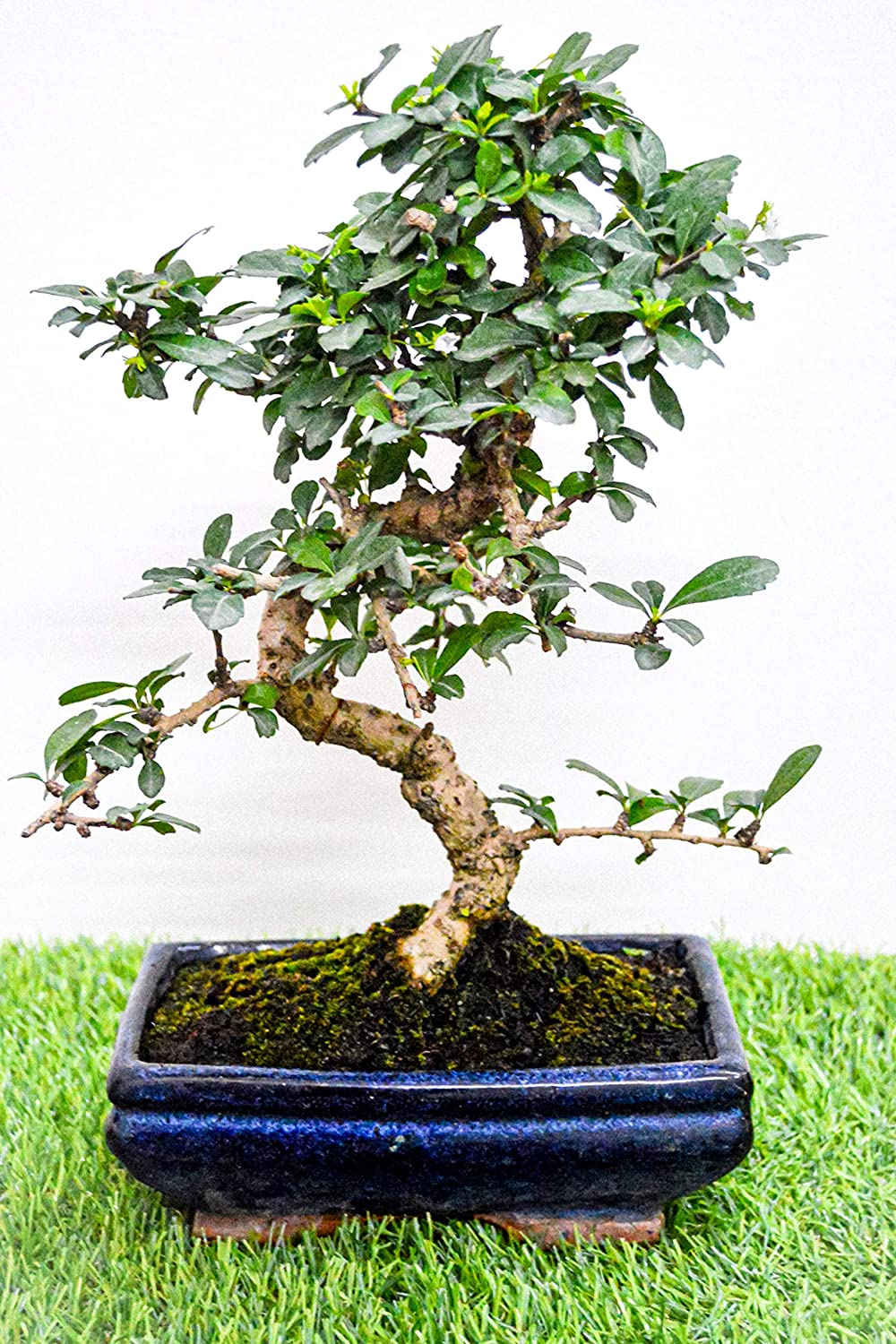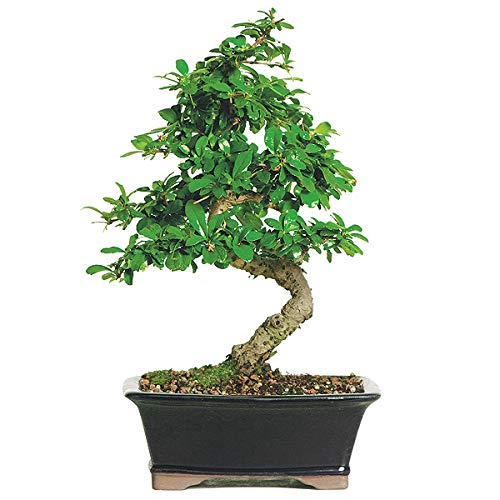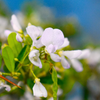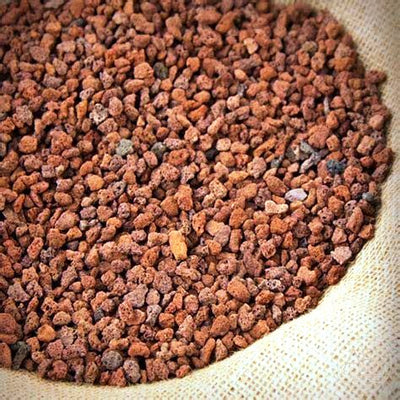

Bonsai Carmona 3 years old Tree with Ceramic Pot
Rs. 1,299.00
Rs. 999.00
Guaranteed Safe Checkout
Green Paradise Offers Bonsai Carmona
Plant
About Bonsai Carmona Plant
Bonsai Carmona, also known as Fukien tea tree (Carmona retusa), is a popular choice among bonsai enthusiasts due to its small leaves, attractive flowers, and ability to tolerate indoor conditions. It is native to Southeast Asia, particularly China, Taiwan, and Malaysia.
Here are some key characteristics and care guidelines for the Bonsai Carmona plant:
Appearance:
-
The Carmona bonsai typically has a compact and bushy appearance.
-
It features glossy, dark green leaves that are oval or lanceolate in shape, and they are usually small in size.
-
The tree can produce small, white, or off-white flowers with a pleasant fragrance.
Indoor suitability:
-
One of the reasons why the Carmona bonsai is popular is its ability to thrive indoors.
-
It can tolerate lower light levels, making it suitable for indoor environments such as homes and offices.
-
However, it still requires sufficient light to thrive, so placing it near a window with filtered sunlight is ideal.
Watering:
-
Carmona bonsai trees prefer slightly moist soil. It is essential to water the tree regularly,
-
allowing the soil to dry slightly between watering sessions.
-
Still, be conservative and not overwater, as inordinate humidity can lead to root spoilage.
-
It's a good practice to check the moisture level by feeling the top inch of the soil before watering.
Humidity:
-
Carmona bonsai trees appreciate higher humidity levels.
-
Misting the leaves with water or placing the bonsai on a humidity tray filled with water and pebbles can help maintain adequate humidity around the tree.
Pruning and shaping:
-
Regular pruning and shaping are necessary to maintain the desired bonsai form.
-
Carmona bonsai can be trained using various techniques such as wiring and pinching.
-
Trimming back new growth to maintain the desired shape is also important.
Fertilization:
-
Bonsai Carmona plants benefit from regular fertilization during the growing season,
-
typically from spring to fall. You can use a balanced, water-soluble fertilizer specifically designed for bonsai or a general-purpose houseplant fertilizer.
-
Follow the instructions on the toxin packaging for the proper operation and lozenge
Repotting:
-
Carmona bonsai trees should be repotted every two to three years to refresh the soil, promote root health, and maintain the bonsai's size.
-
The ideal time for repotting is typically during the spring season, just before new growth emerges.
Pest and disease control:
-
Carmona bonsai trees are generally hardy, but they can be susceptible to common pests like aphids, scale insects, and spider mites.
-
Regular inspection of the leaves and stems can help identify and treat any pest infestations promptly.
-
also, furnishing good air rotation and avoiding overwatering can help fungal conditions.
Remember, each bonsai tree is unique, and the care requirements may vary slightly depending on its specific conditions and the climate you are in. Observing your Carmona bonsai regularly and responding to its needs promptly will contribute to its health and beauty.


















